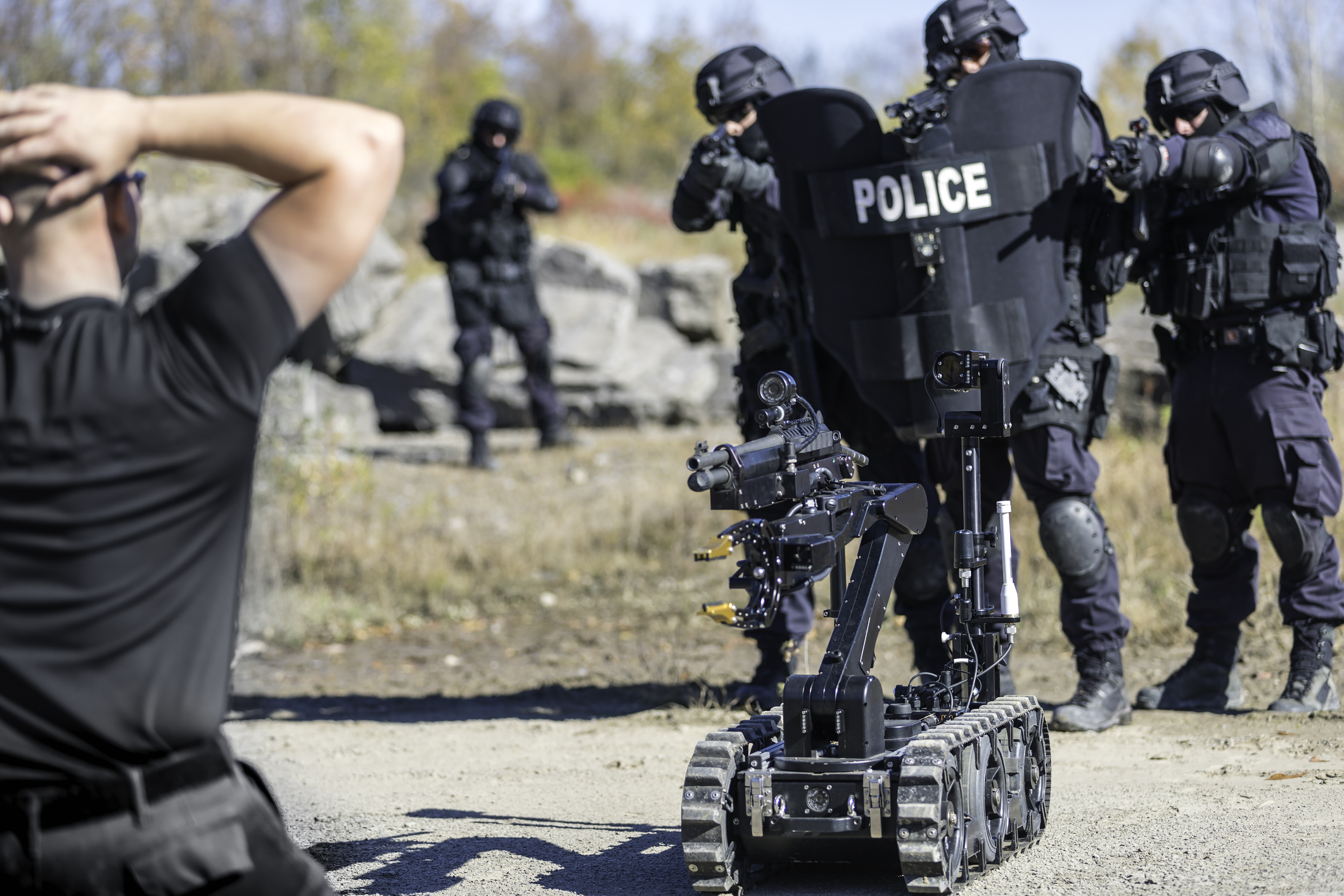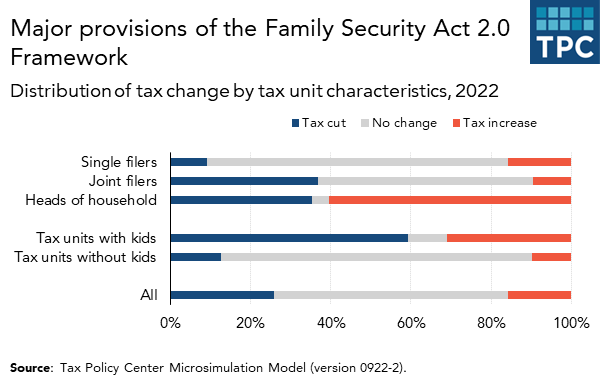Can Police Deploy Robots with Deadly Force Capabilities?
Not that long ago, robocops were the fictional stuff of violent, futuristic movies.
The first film, in 1987, involved a Detroit police officer killed in the line of duty and then transformed into a powerful cyborg called RoboCop, the bad guys’ worst nightmare. Two sequels, in 1990 and 1993, furthered the tale of the powerful robot who fights crime in a decaying city.
Now, the idea of robots performing law-enforcement duties — including the potential for deadly force — is no longer fiction.
When Police Have Used Robots
One of the first widely reported uses of a police robot was in 2013, when Boston Police employed them to apprehend Boston Marathon bomber Dzhokhar Tsarnaev as he hid under a boat tarp.
Three years later, Dallas Police became the first law enforcement agency to kill a suspect by using a robot. They packed a bomb disposal robot with explosives and sent it into a building where sniper Micah Xavier Johnson holed himself up in a standoff with police after opening fire on them. Police detonated the explosives, killing Johnson.
In 2020, New York Police acquired a four-legged “robotic dog,” which they touted as a tool that could save lives by going into places that are too dangerous to send officers.
Public Opposition
There’s just one problem, however. The more people hear about the police use of robots, the more they fear what police might do with them. In New York, for instance, the police use of the robot dog in a public housing building prompted an outcry.
“At a time when we should be having more beat cops on the street, building relationships with residents, they’re actually headed in another direction in trying to replace them with robots,” said City Councilman Ben Kallos. Police responded to the pressure by terminating their lease contract for the dog with Boston Dynamics.
A similar scenario is now playing out in San Francisco.
On Nov. 30, the city’s board of supervisors voted 8-3 to adopt a draft policy giving police the ability to use robots with deadly force capabilities. The policy said that police would only use the robots “when risk of loss of life to members of the public or officers is imminent and outweighs any other force options available.” A police spokesperson further explained that police had no intention of arming the robots with guns, but instead envisioned the possibility of placing explosives on them “to contact, incapacitate, or disorient violent, armed, or dangerous suspects.”
Like New Yorkers, San Franciscans voiced skepticism and outright hostility. And on Dec. 6, the supervisors reversed themselves, tossing out the robot plan. But it might not be the final decision. The vote, which was unanimous, sent the measure to a committee for further review.
Police Robots and the Law
The opposition in both cities argues that the police robots’ threats to civil liberties outweigh their value as crime-fighting tools. They may or may not be right, but a closer look at the law that applies to policing and deadly force might be in order.
As a legal matter, the U.S. Constitution governs the use of deadly force by police. The particular weapons they use don’t change the constitutional calculus. It doesn’t matter whether a police officer uses a gun, a fist, or a robot. The legal assessment is about whether the suspect posed an imminent threat to others and whether the officer’s decision to use deadly force was warranted.
When it comes to robots, however, other legal issues may arise:
- Will they become autonomous? The cyborgs in the RoboCop movies made their own, sometimes disastrous, decisions. Those kinds of robots don’t exist yet — as far as we know. But robotic technology is advancing speedily. What happens if police robots are armed and autonomous?
- What are the hacking risks? While the Constitution doesn’t specify what weapons police officers can use for deadly force, robots might be different. “A robot is unlike a gun in that a gun may misfire, but it can’t be hacked,” says Elizabeth E. Joh, a law professor at the University of California, Davis.
- Who bears responsibility when things go wrong? If police have a no-knock search warrant to enter your house and use a robot to do it, complications could arise. If the robot knocks your door down, throws a flash-bang grenade and you are injured, ordinarily your ability to sue the police for excessive force is limited by their “qualified immunity” legal protection. Who is liable when a police robot makes a mistake, if only by a technical glitch, and someone is killed or injured?
- Does it make killing easier? This may not be a purely legal point, but it’s one worth making: It’s less than three years since a Minneapolis police officer murdered George Floyd. One argument about police robots with lethal force capabilities is that they will create a distance that makes killing easier.
- What about criminals? While the public is skeptical now, that opposition could lessen once criminals start using the technology.
- What is “reasonable” force? The Fourth Amendment governs the use of force by police. That use is considered reasonable if a suspect “poses a threat of serious physical harm, either to the officer or to others.” Do these same standards apply to a robot confronting a person who is threatening to harm it?
Going Forward
Used wisely, police robots may provide greater safety for law enforcement and the public alike. But they also pose risks involving civil liberties and several specific areas of criminal law.
It is likely that police robots will become more common. As they do, we need to proceed with caution in deciding how to deploy them.
Related Resources:
You Don’t Have To Solve This on Your Own – Get a Lawyer’s Help
Meeting with a lawyer can help you understand your options and how to best protect your rights. Visit our attorney directory to find a lawyer near you who can help.






